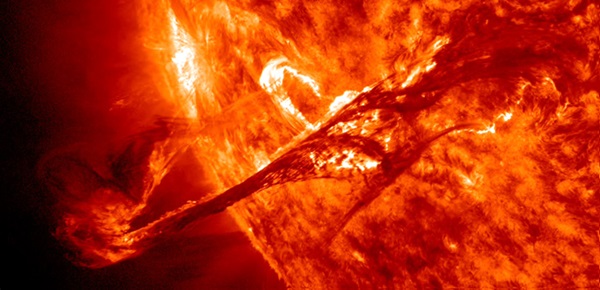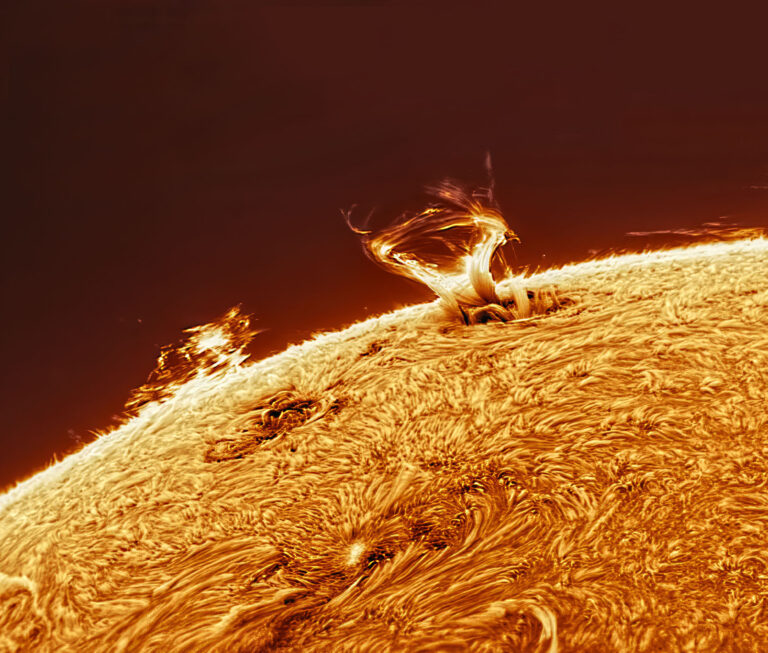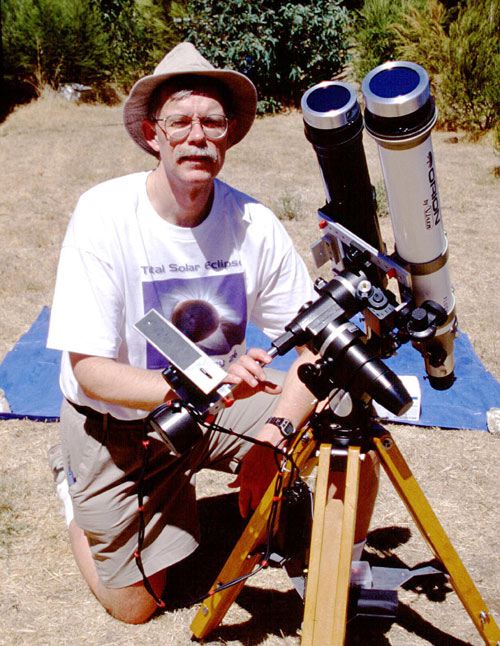Key Takeaways:
Since these charged particles were first hypothesized in 1918 by Sydney Chapman, a multitude of studies and hundreds of spacecraft have focused on learning more about their physical properties. One of the most famous spacecraft is the Solar and Heliospheric Observatory (SOHO), launched in December 1995 and still in use today. One of SOHO’s instruments can detect the number of charged particles of different energies hitting its sensor. Particles with smaller energies (1–2 keV; 1,000 to 2,000 electron volts) come from the solar wind, while large energies (>10 MeV; 10 million electron volts) come from large solar eruptions. By determining the number of these particles hitting the sensor over a fixed period of time and knowing the mass of these protons and electrons, it is possible to extrapolate the mass of the particles being ejected from the Sun during a solar storm.










